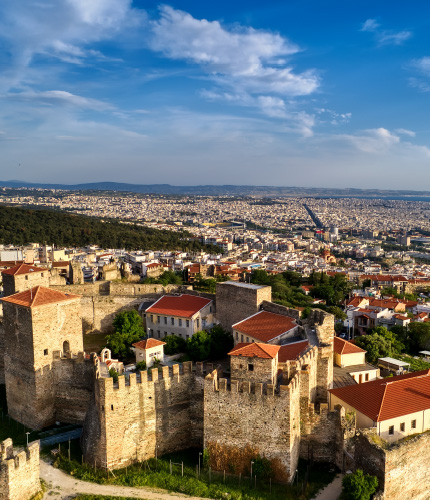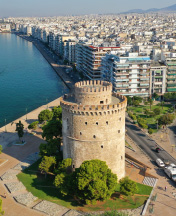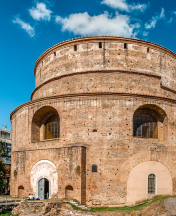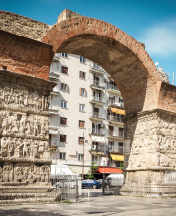Thessaloniki was established in the 4th century B.C., named after the daughter of King Philip II of Macedon and sister to Alexander the Great. The important strategic location of the city is what helps it maintain its status as the trading and economic center of Macedonia and the wider Balkan peninsula. The century-spanning history of the city is marked by the comings and goings of great empires – such as the Roman, Byzantine and Ottoman empires – and this is reflected in its monuments, standing as undeniable witnesses narrating stories from different periods, civilizations and religions to their visitors. Some of the most important buildings of Thessaloniki, surviving to the present day, were constructed during these periods – the Via Egnatia, the Rotunda and the Kamara during the era of the Romans, and the White Tower during the period of Ottoman Rule. The modern history of Thessaloniki finds the city going through conflicts and socioeconomic redefinitions: the First World War, the Asia Minor Catastrophe and the German Occupation left their respective marks in the saga of the city, which was finally liberated in October 1944.













